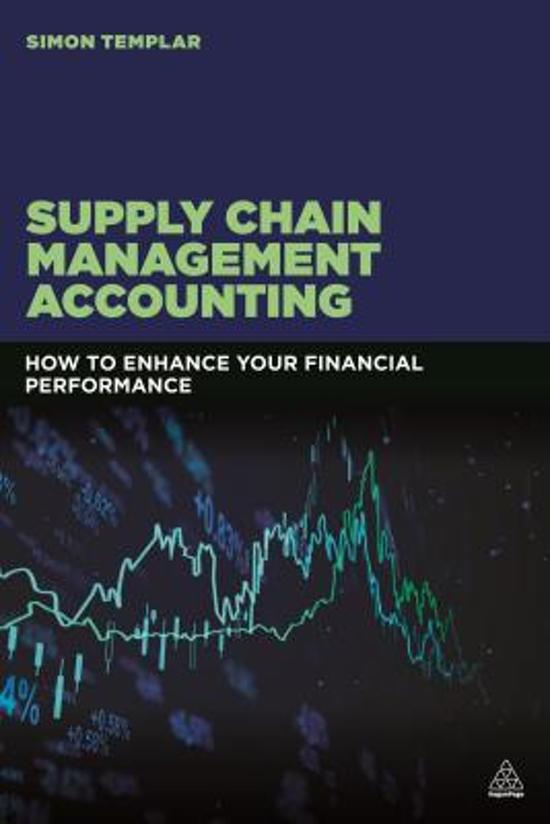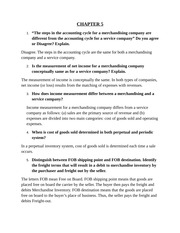
A payment term is an indication on an invoice of how quickly a merchant expects to receive payment in full from a buyer. A small business owner is more likely to extend generous net payment periods for the first buyer than the second. Below are some of the most popular payment terms featured on business invoices, along with their benefits and drawbacks. Setting clear payment terms helps ensure your small business will receive the money needed to satisfy its own expenses.

This is sometimes referred to as 2/10 net-30 terms (though there are other types of similar credit terms as well). For example, it might cost you $1,000 to wait 30 days to pay your invoice or $980 if you pay early. In this scenario, taking advantage of net-30 terms costs you an extra $20. That extra money is a cost you should consider, even if it’s technically not considered to be an interest charge. Net 30 is a payment term that lets a client know they should pay an invoice in full within 30 days of receiving it. These 30 days are calendar days (not business days), so it includes weekends, holidays, and working days.
Net 30 Payment Terms for Freelancers with Examples
The bottom line is that any net term can impact your business’s readily available cash flow. So, when clients miss an invoice date, it can create cash flow problems and affect your ability to pay employees, operating expenses, and supplies that are crucial to your everyday operations. An invoice contains details of a transaction like a sale date, the name of the good or service the customer received, and its cost. Another component of an invoice is the time given to the buyer to pay the bill. For example, a business can use the term “Net 30” to show that a customer must pay within 30 days from the date the invoice was sent.
- Plus, you have to keep in mind that you’re probably one of many vendors they’re working with.
- Others may think it is from the date the invoice is issued, while you (and others) may believe it starts when the work was completed or the goods were delivered.
- Reporting tools found in many invoicing and accounting services consolidate the various balances and due dates into a usable format.
If you operate a B2B company in virtually any industry in the business world, you’ll be responsible for determining your payment terms. Some companies require payment in advance, while others expect payment at the time of service or sale. Beyond the obvious (extra time to pay their invoices and manage their cash flow), many new businesses establish net 30 accounts with their vendors to build business credit. A small vendor line of credit can help a new business build its credit score and access additional capital.
How do I decide if net 30 terms are right for my business?
Net 30 could mean 30 days after the sale, 30 days after delivery, or 30 days after the invoice. Find out what all these different payment terms mean and when to use them. You’ll have to weigh the pros and cons of any business credit term you might offer. If you can afford to do it, and doing so will help your business operate or grow, net 30 can be beneficial. Offering net 30 payment terms can be helpful for a variety of reasons. Before the goods are shipped (or often ordered), the customer has to provide payment in full.
Net 30 refers to a payment term where the payment for the goods or services is due in full 30 days after the transaction has completed. There are a LOT of payment terms on invoices and while, yes, you don’t have to be a financial genius, you DO have to put the effort in to learn about it. These do bring in their own advantages, but as with the rest of these invoice payment terms, they have their own drawbacks as well. It is sacrificing 2% of the invoice amount, which is nonetheless an amount that it is not being paid for services rendered or products provided. With many resources and revenue streams, those types of businesses have enough incentive to keep their clients on Net 30 payment terms.

Furthermore, many foreign buyers are hesitant to buy goods before they are even able to see it and are more likely to choose better terms, such as COD. In actuality, this is more like a credit extension from the customer to the supplier, as the goods are not being shipped yet. Instead of the COD structure mentioned above, the client actually has to pay in full before the goods are even shipped.
Factoring may be your ideal alternative to offering net 30 terms.
Therefore, they can extend it to Net 60 or even Net 90 if that is more convenient for them. On the other hand, cash in advance could imply something closer to cash with order, which means that the cash is due immediately when the order is placed (more common for online retailers). If the client doesn’t have sufficient funds, it could lose the trust of the seller, who could then eliminate the net 30 terms completely. Another way to protect yourself is to inform your new clients that you can only extend Net 30 to clients you have a history with.
Offering a net 30 payment term alleviates somes of the payment stress from your customers and shows them that you trust them, which can help you to establish a better relationship. Net terms are one option for dated payment terms that offer a longer payment period. The other dated payment terms are end of the month (EOM) and month following invoice. Partial payment terms allow the client to sign up for stage payments or a line of credit until the full payment is made. Partial payment terms will usually charge interest for the time that the client has credit, while net-30 terms will often only charge interest on late payments. Not only will trade credit help you to stretch your cash flow, it can also help you to establish business credit, even if your company is a startup or new to credit.
Is a Net 30 Term Right for Your Freelancing Business?
A Net 60 payment term means that the buyer has 60 days from the date of completion to pay for the order. Let’s say you purchased products on the 10th of the month for $500 and you’re invoiced for that amount on the 15th. If you pay that invoice amount off anytime between the 15th and the 25th of that month, you may be eligible for the 2% discount the vendor offers. That said, decisions about net terms in invoicing are and should frequently be conducted on a case-by-case basis. One has been a loyal buyer for several years, always paying invoices on time.
Whatever the case may be, make sure to clearly communicate it to the buyer, and write it down on any contract you signed with them, as well as the final sales invoice. It all depends on the type of invoice you’re issuing, what you have agreed upon initially with the client, and how generous you’re willing to be regarding the deadline. If you want to learn more about the elements of an invoice, and how to create one from scratch, check out our guide on making an invoice.
Applying for Vendor Accounts
Net 30 is a short term of credit that the merchant extends to the buyer. Usually, Net 30 on an invoice is used when a job is complete, e.g. a product or service has been sold but the payment has not been made in full. The 30 day period includes the time products spend in transit to the end-consumer. When your business is in a strong position, it can be a wise move to take advantage of discounts like 2/10 net 30 to reduce liabilities. This can help you to save money over time and put yourself in an even better financial position.
Ultimately, the suitability of net 30 terms for your business comes down to cash flow. However, if you depend on one or two large clients and your business doesn’t have a particularly healthy cash flow, offering net 30 terms may not be the right option for you. If you want to minimize risk even further, consider requesting a business credit check on new clients before issuing any trade credit. When extending credit to customers, one of the most common terms is Net 30. Net 30 helps your business get paid on time and fosters a good relationship with long-term customers.
So, if the payment term is net 30 EOM, it means that the customer has 30 days to pay back, after the end of the month when the invoice was sent. While when the payment terms state “due in 30 days”, this benefit doesn’t apply. It simply tells the buyer they have 30 days to make the invoice payment. Before delivering a product and service, issuing an invoice, and getting paid, one of the most important details you have to discuss with your clients is your payment terms. Late fees for overdue invoices discourage clients from delaying their payments. The extra income also gives you a bit of a cushion when you deal with other late payments in the future.
What Are Net 30/60/90? – CO— by the U.S. Chamber of Commerce
What Are Net 30/60/90?.
Posted: Thu, 19 Jan 2023 08:00:00 GMT [source]
Yes, it does take more work to invoice a customer, post a discount (if offered) and record a customer payment. You may also be tasked with following up with late-paying customers and even handling collections. This means that if your customer pays within 10 days of the invoice date, they can take a 2% discount. If they choose not to pay early, the invoice is due at the net amount within 30 days of the invoice date. Most importantly, you need to ensure that you and your clients agree on the net 30 payment terms before you provide them with services.
This figure will indicate the total percentage discount on the invoice prior to shipping or taxes that may be discounted upon early payment. Net terms solutions like Resolve are popular because they manage the entire net terms process for you. Yes, everything from credit checking, net terms financing, and payment processing to invoicing payment reminders.
